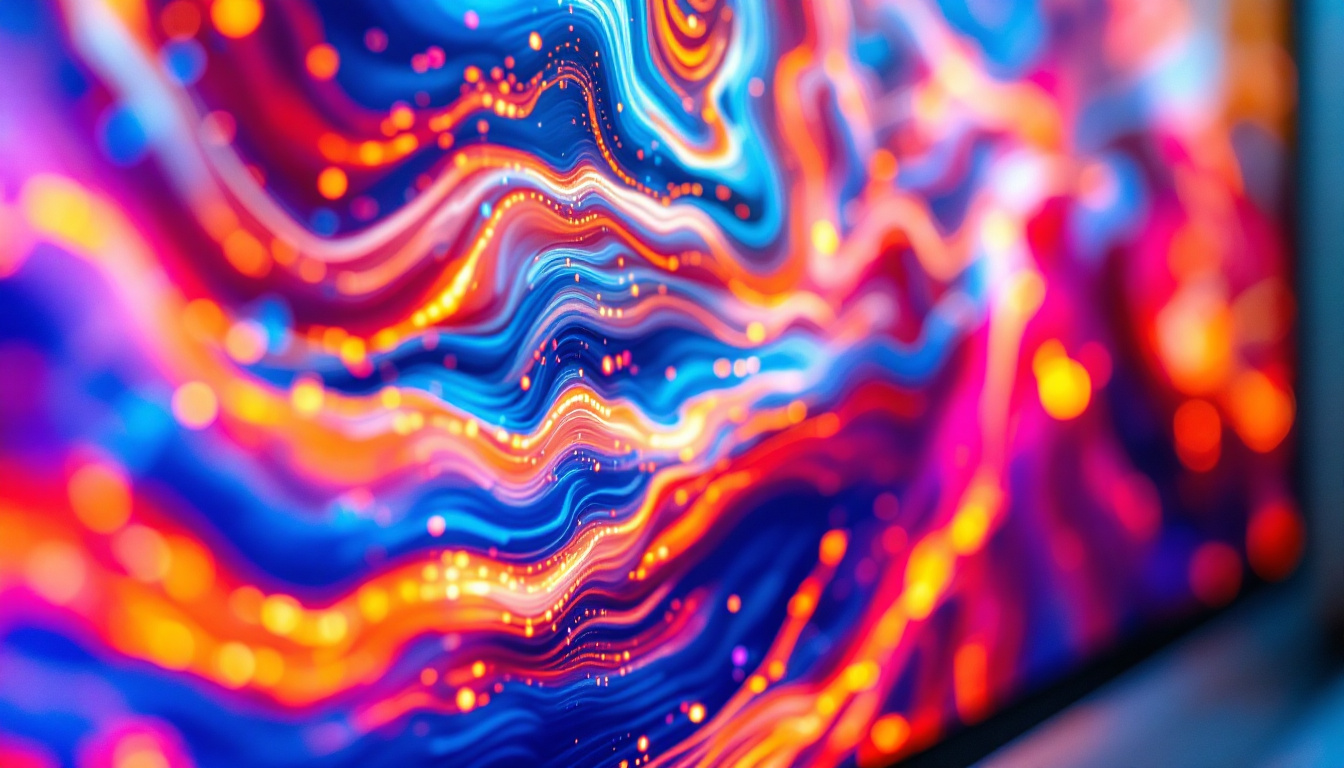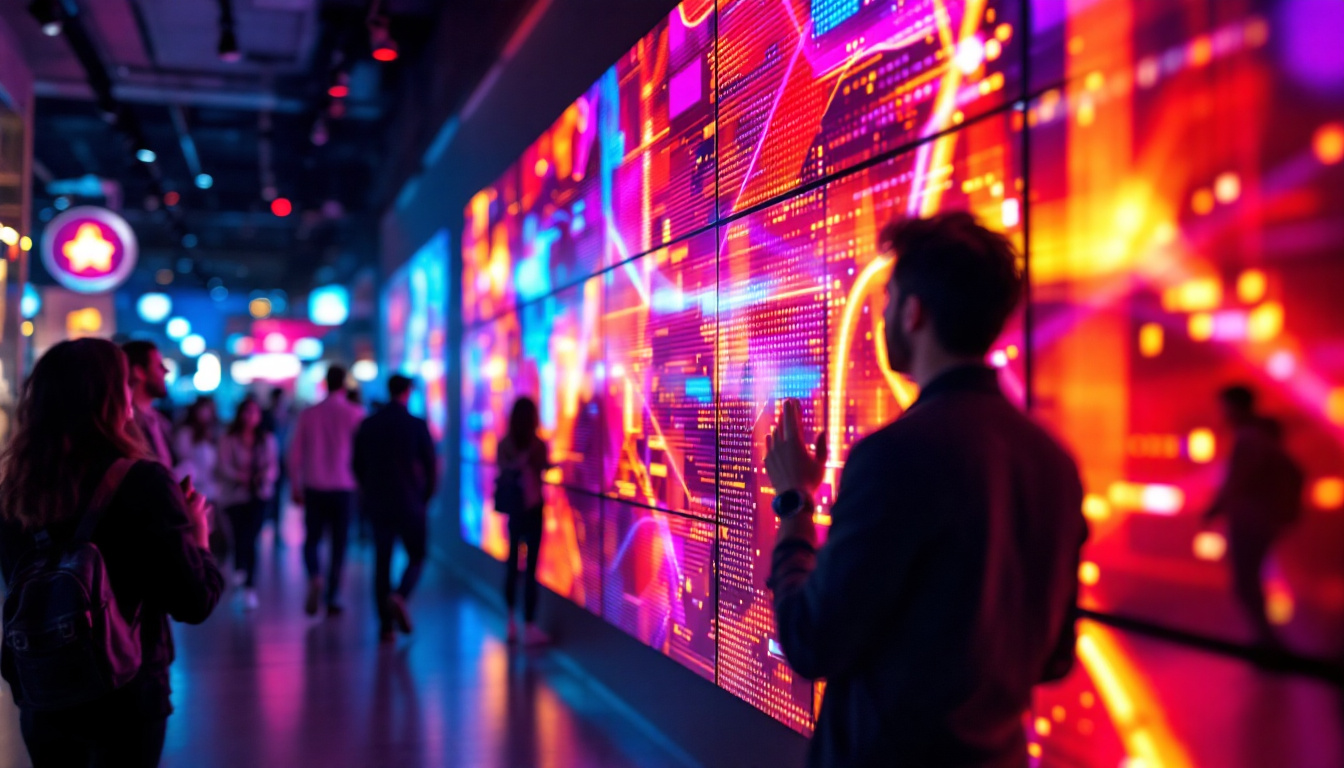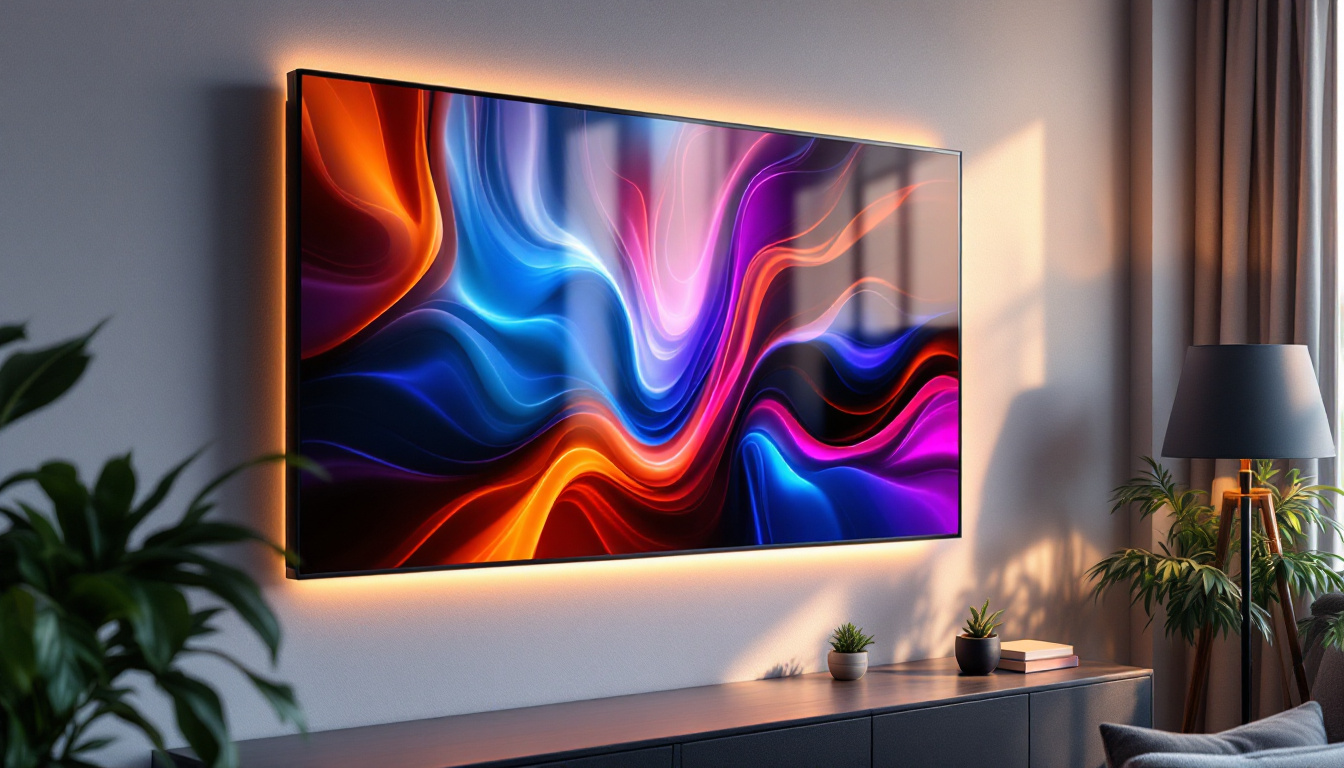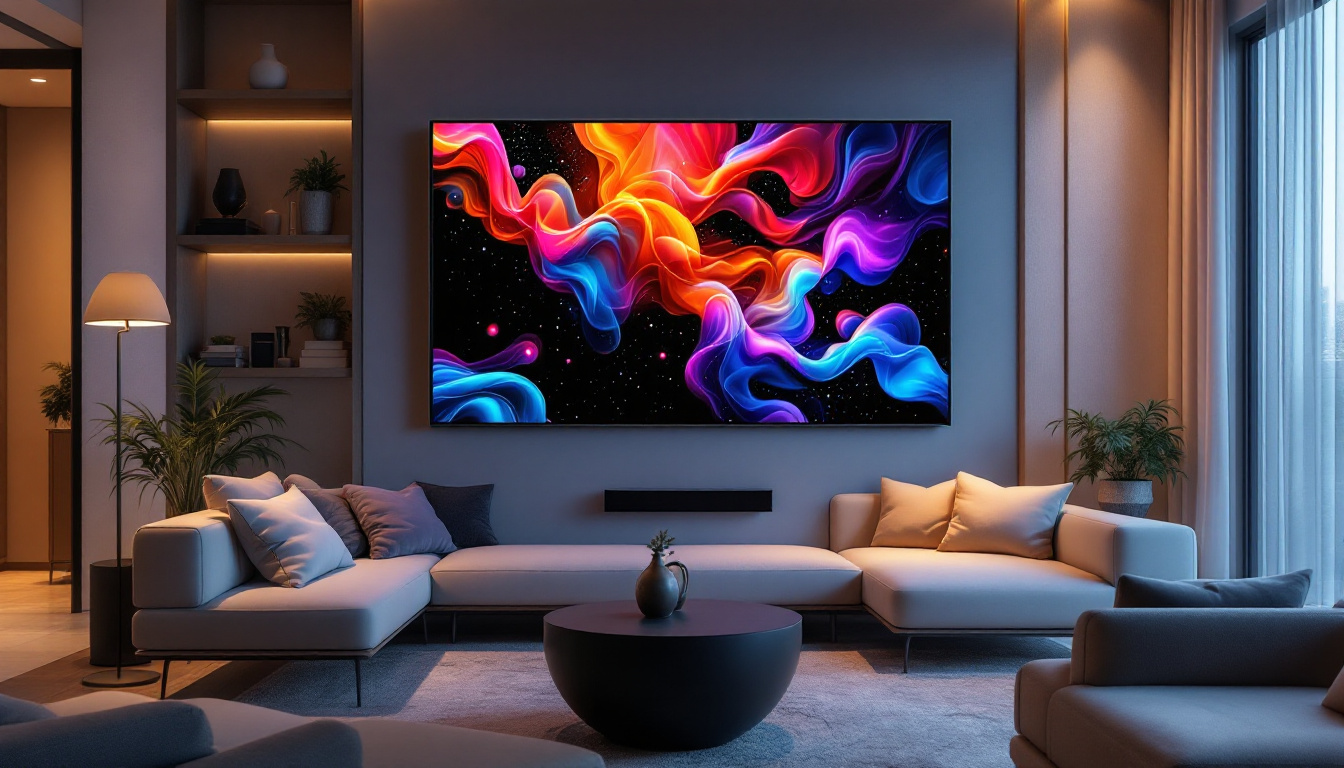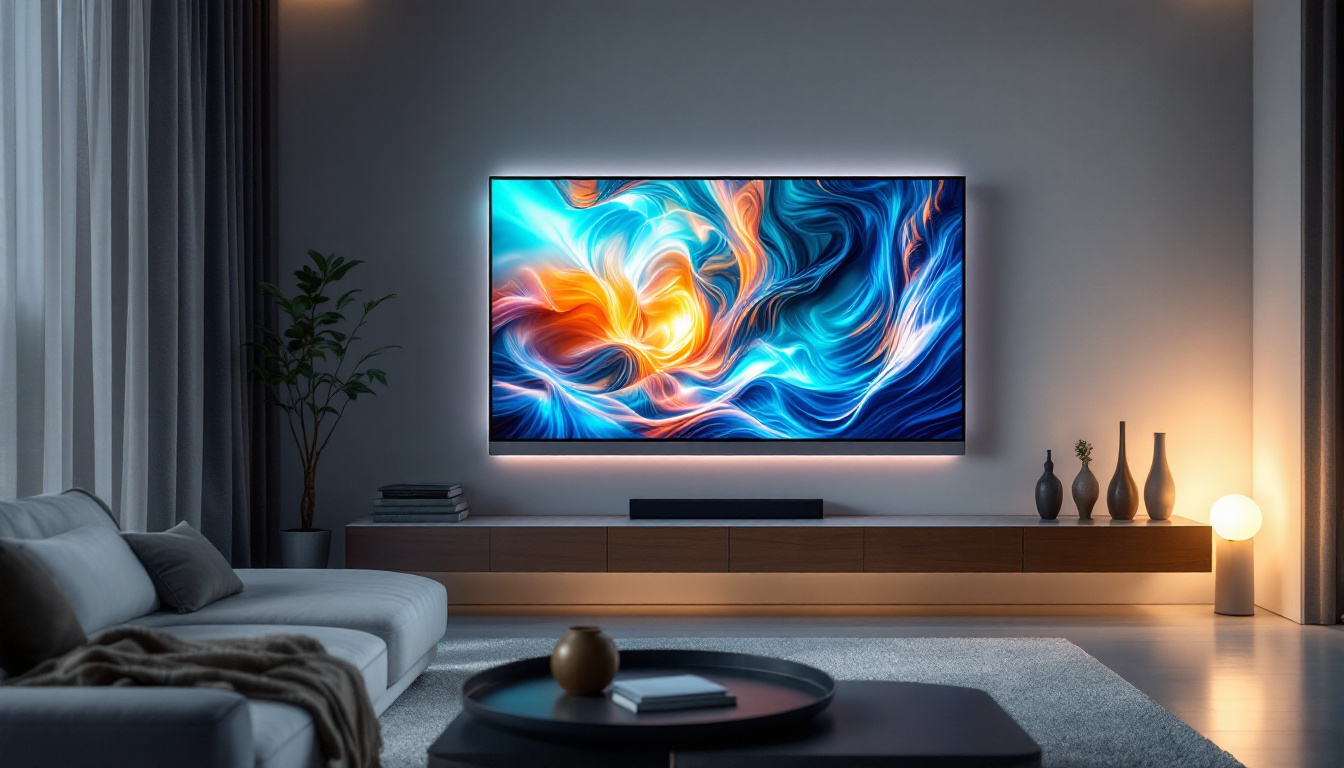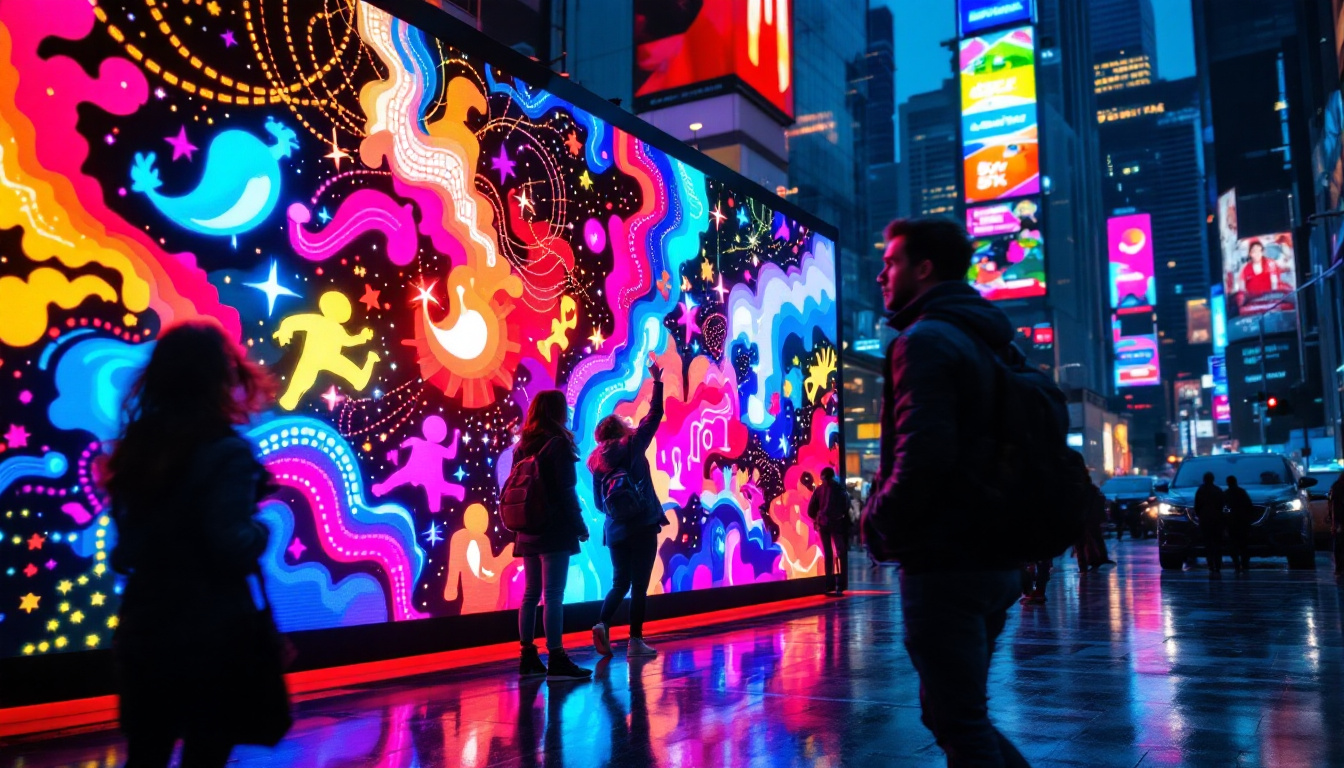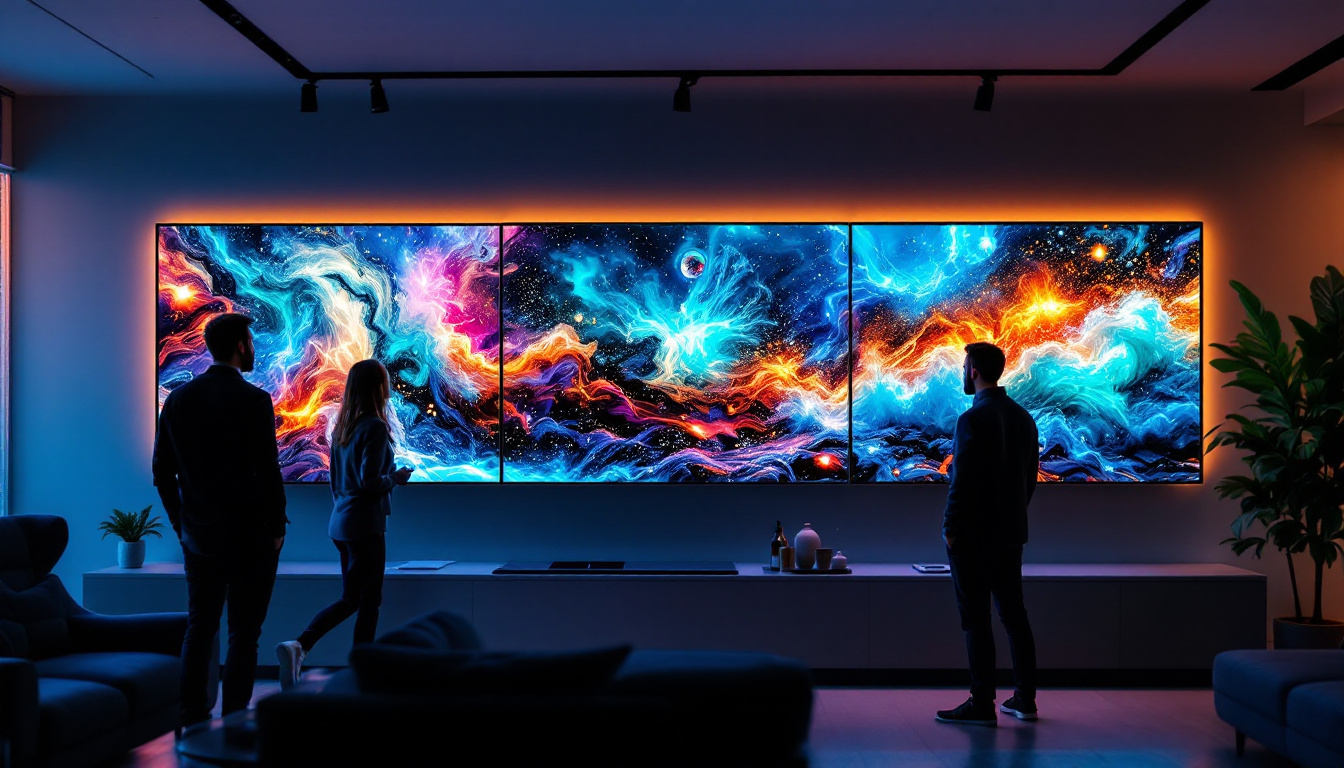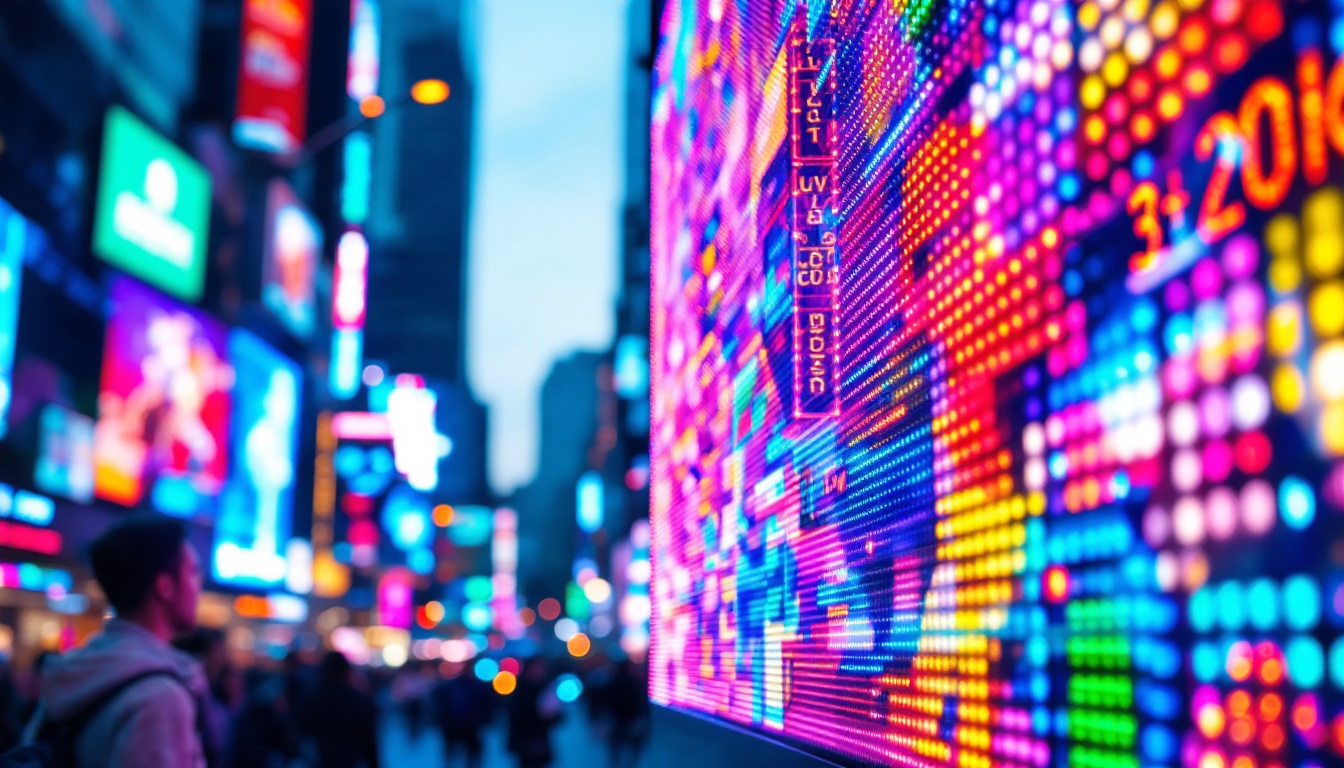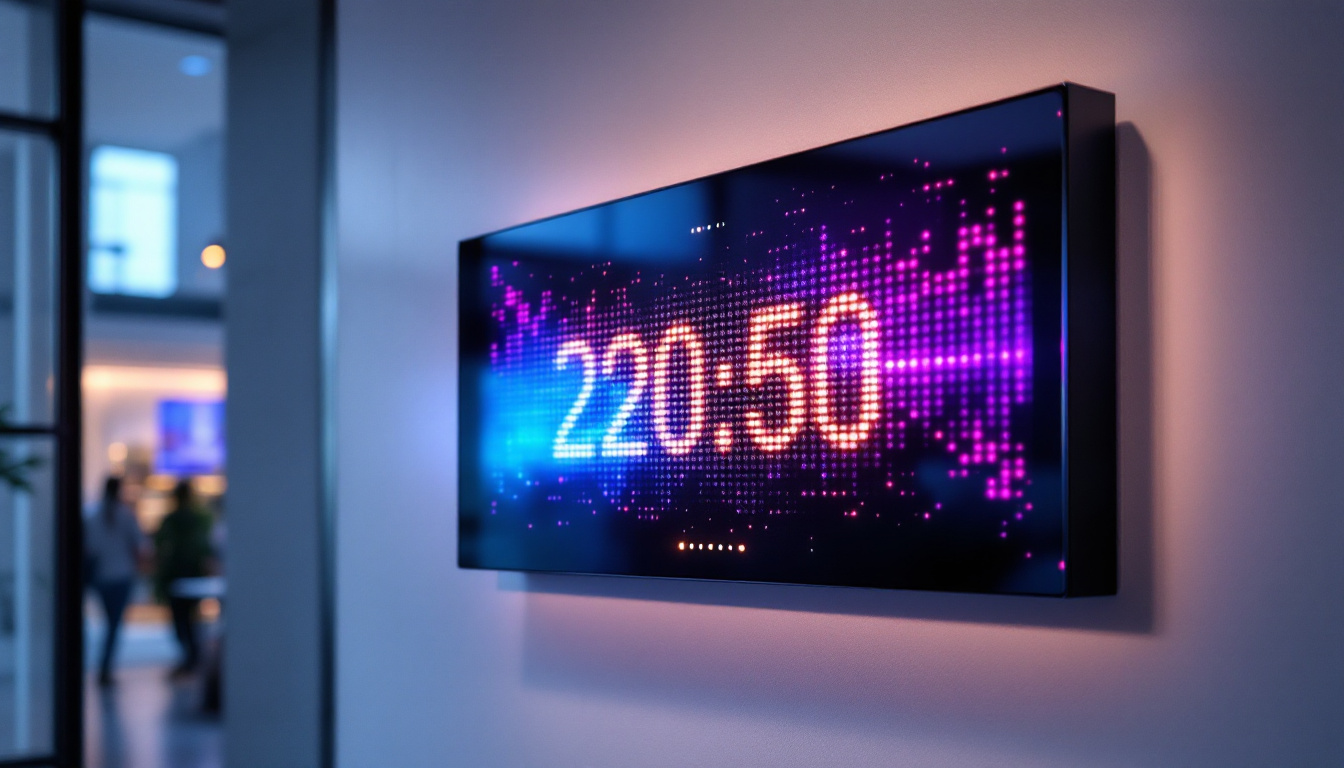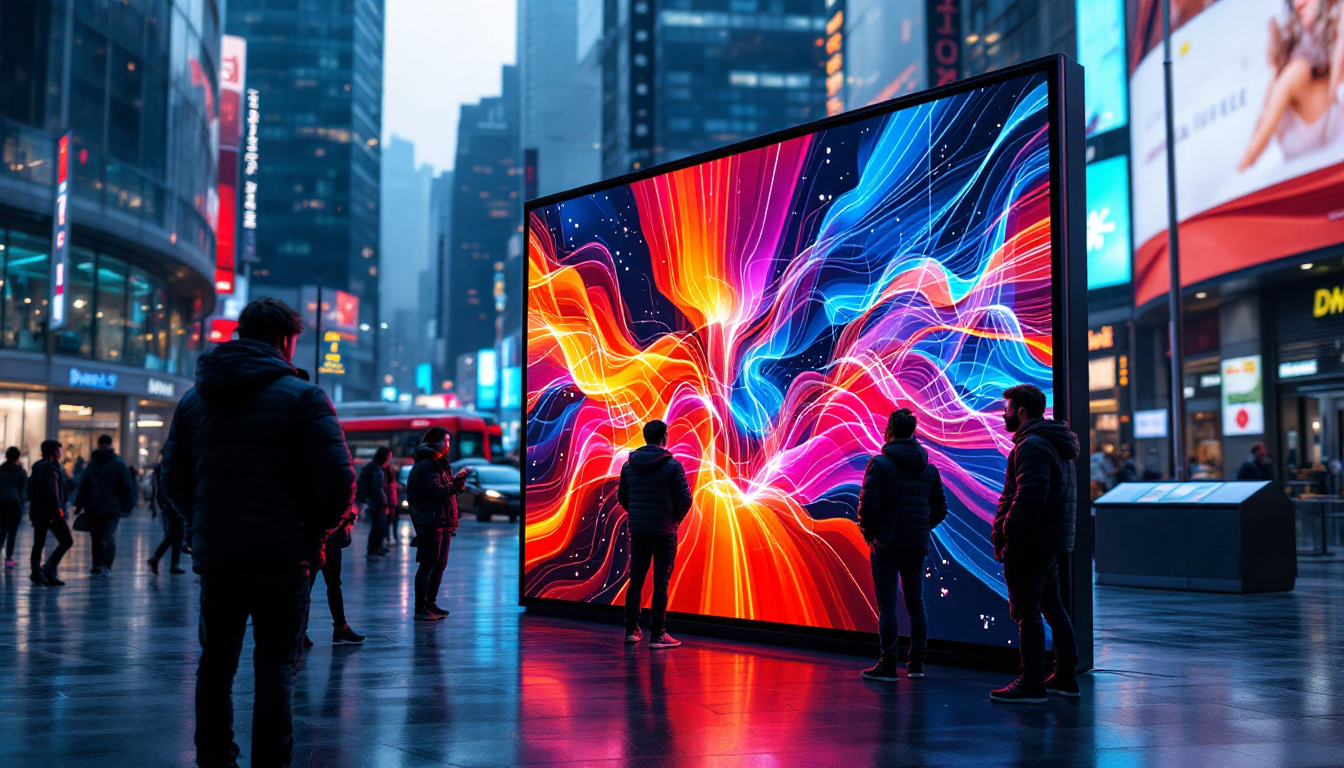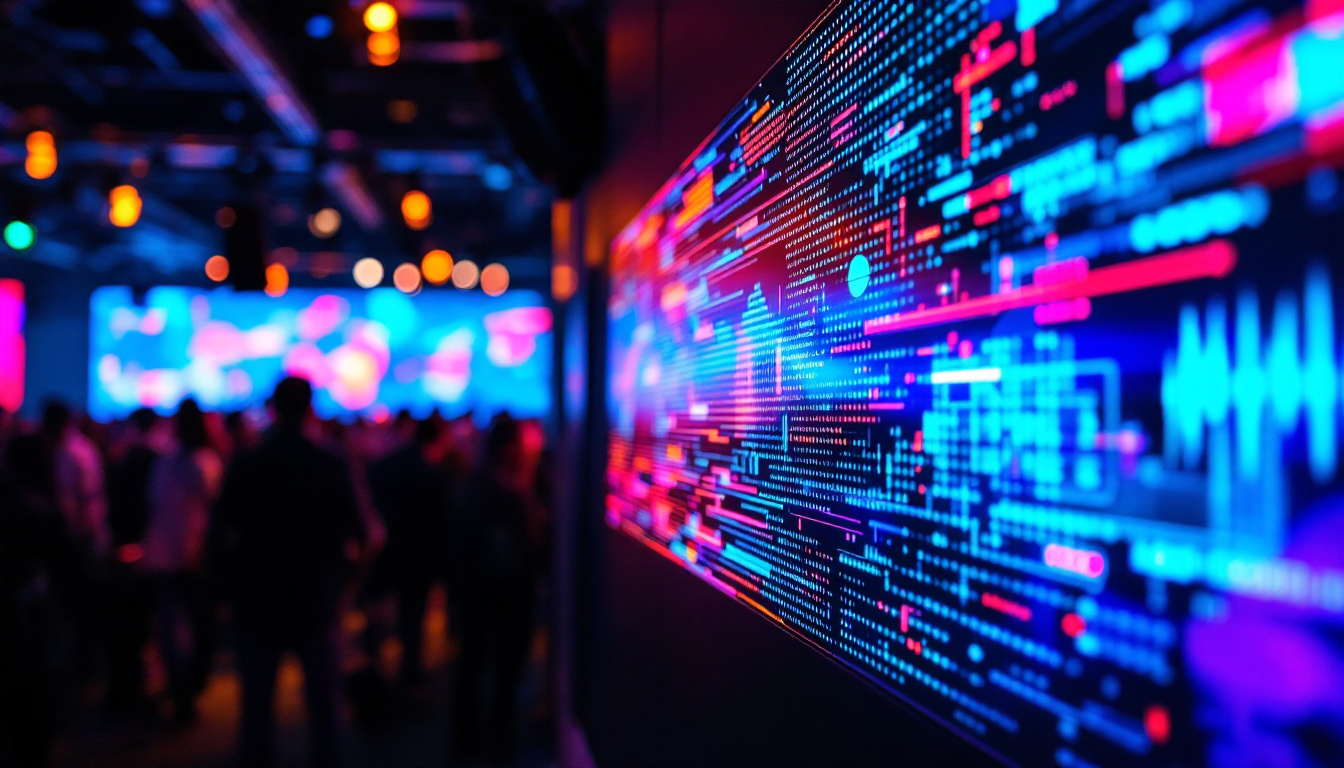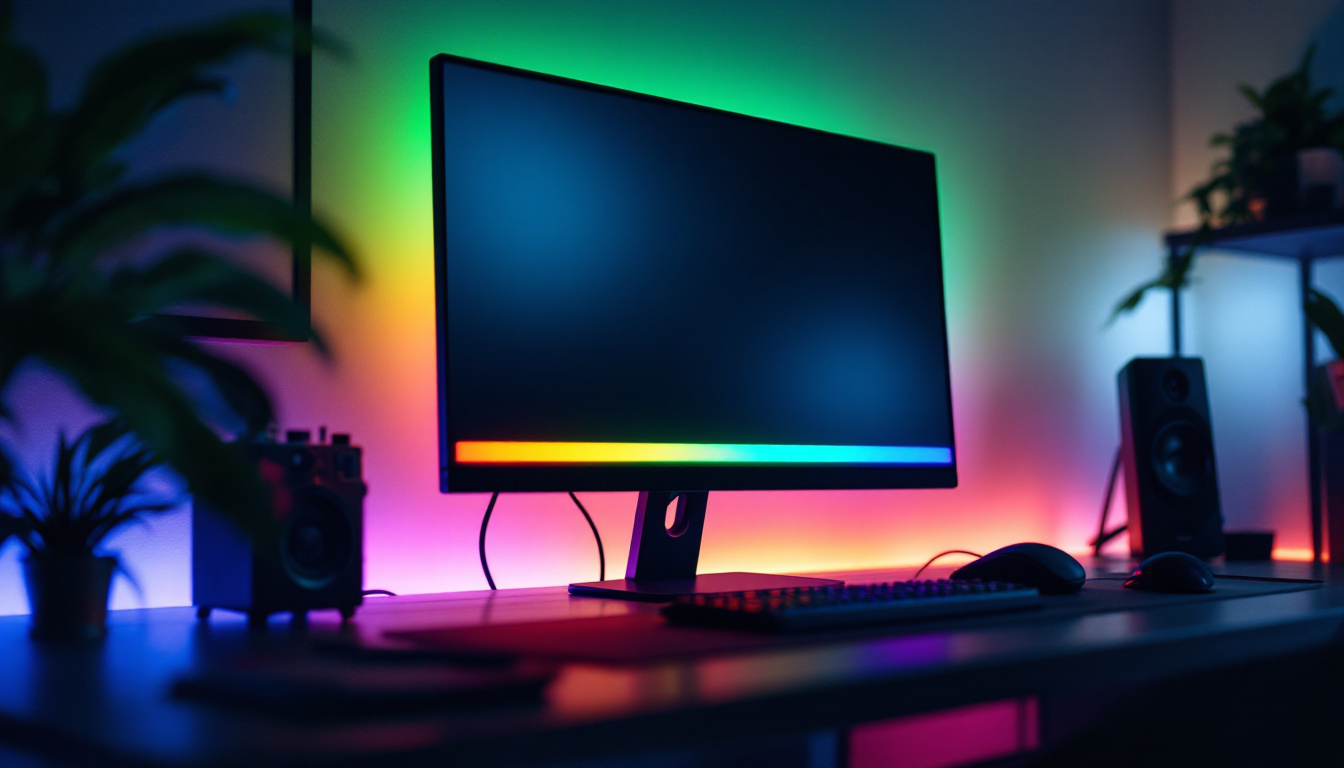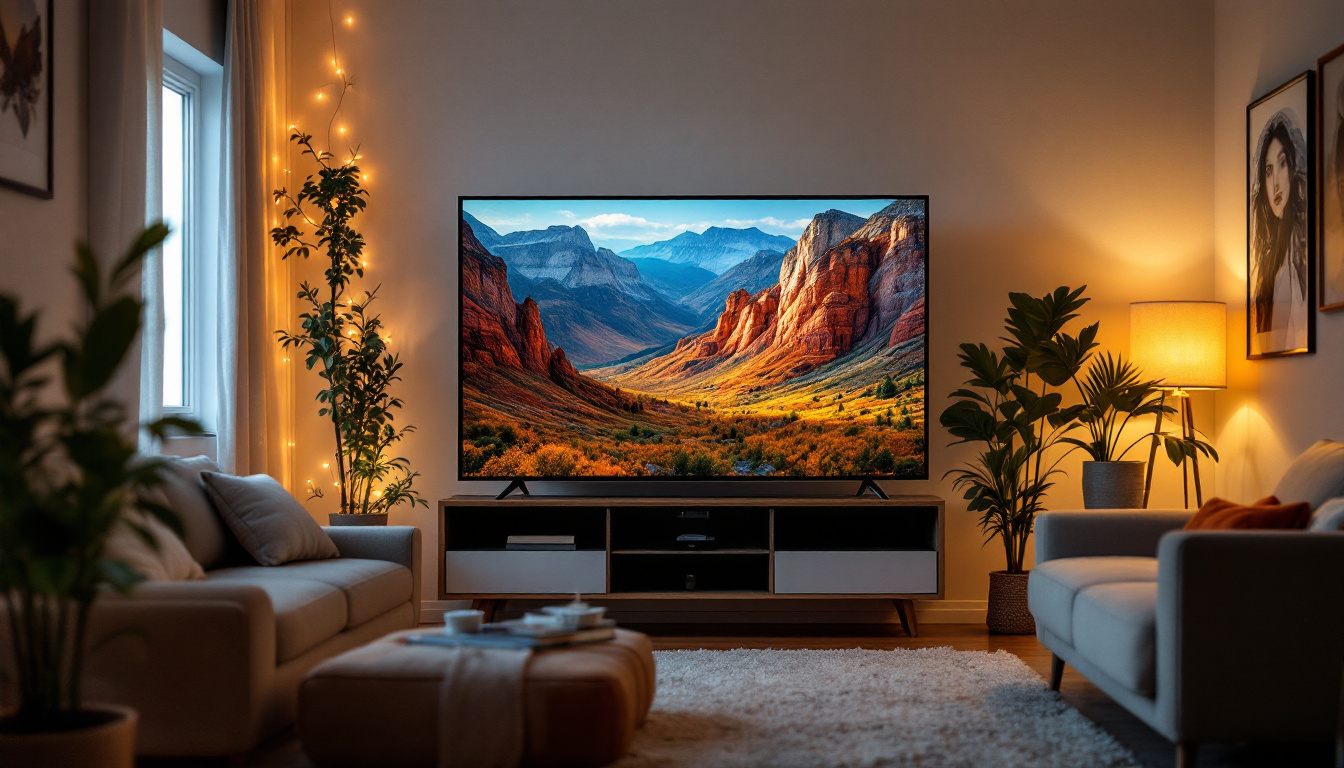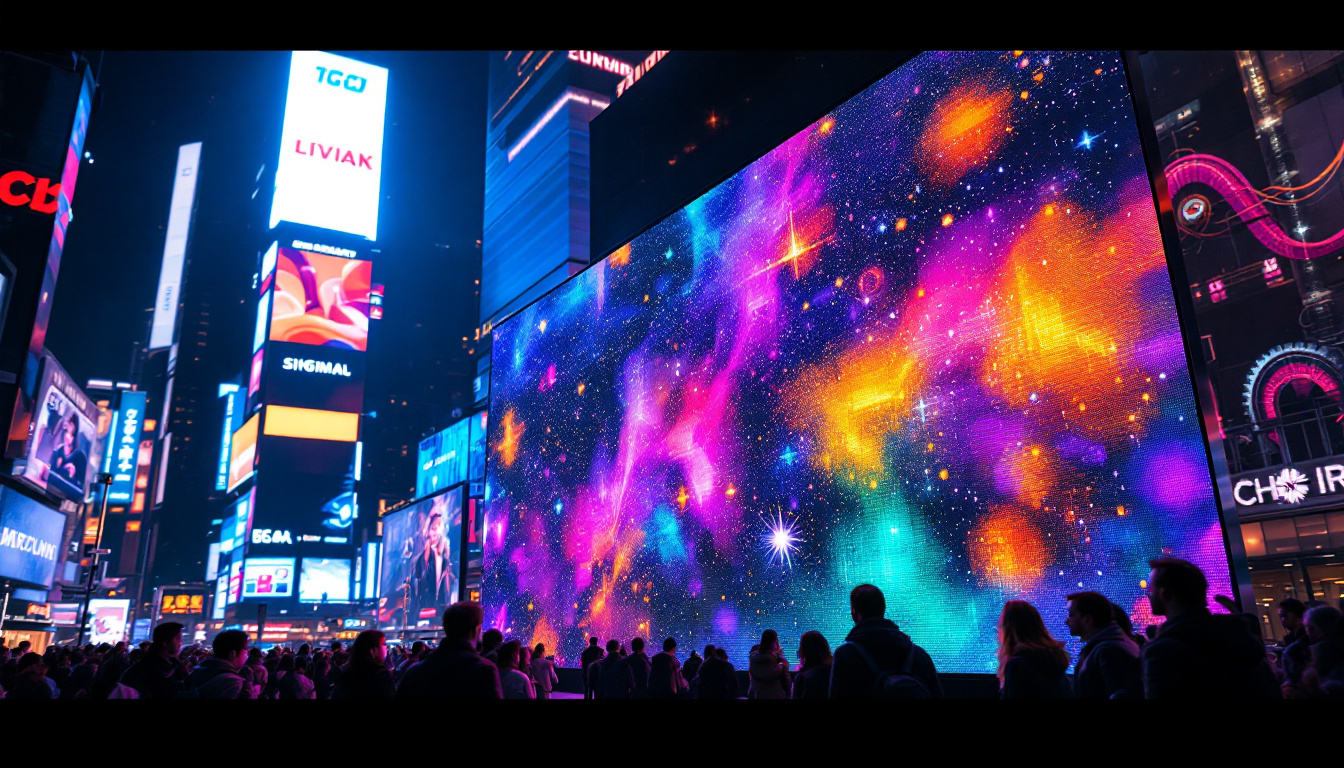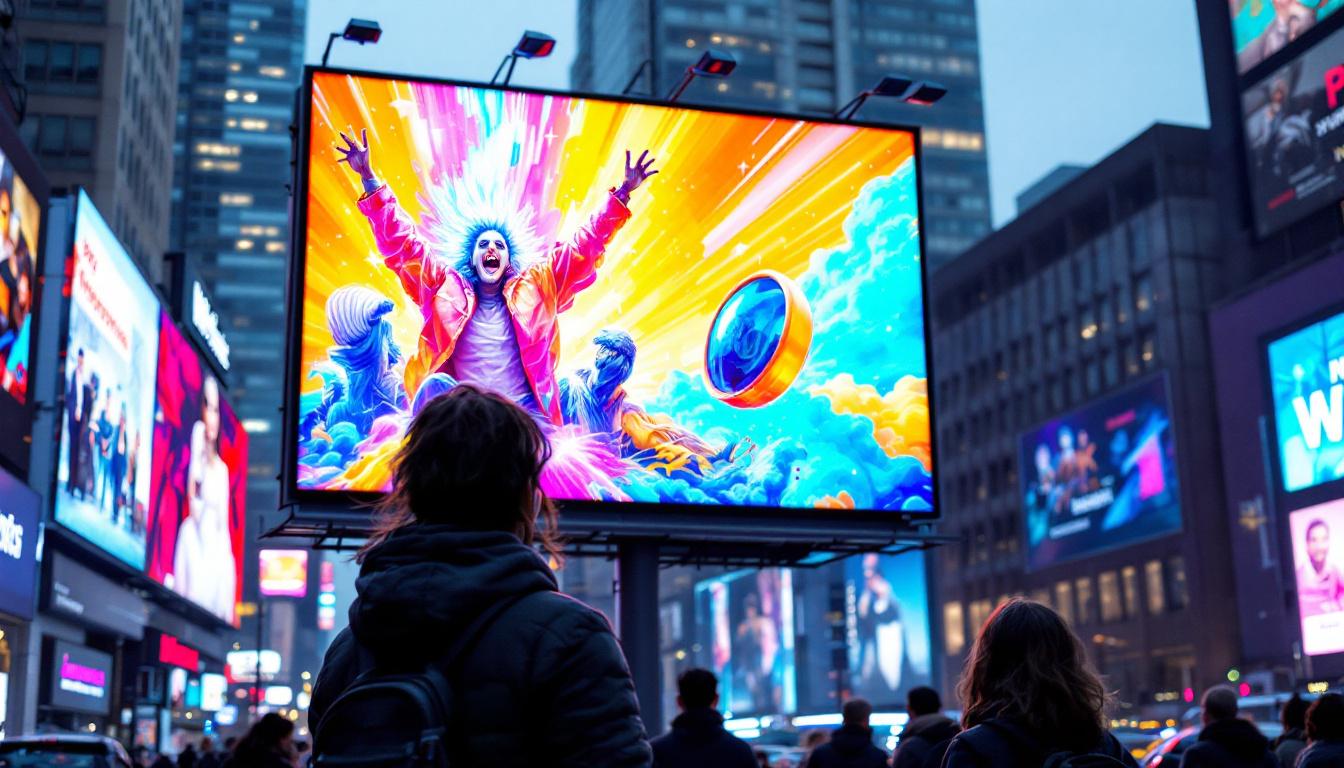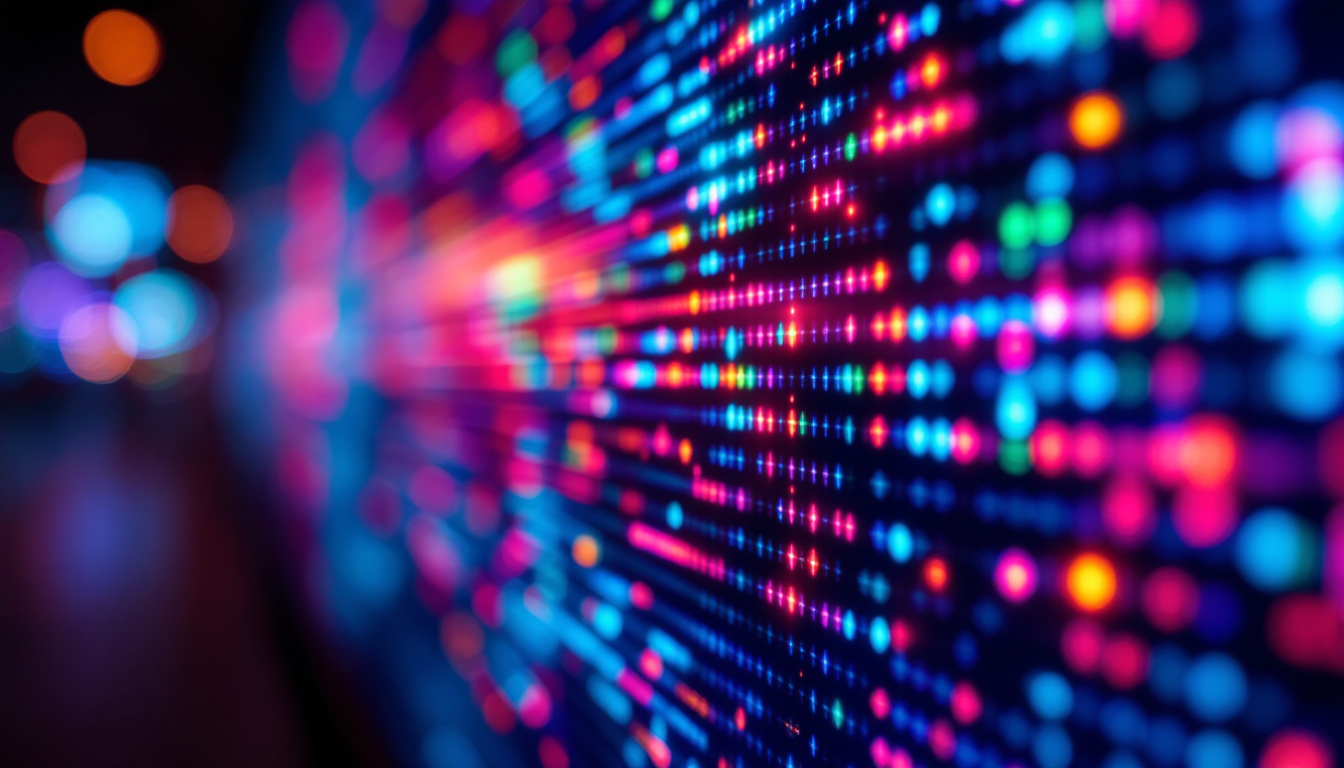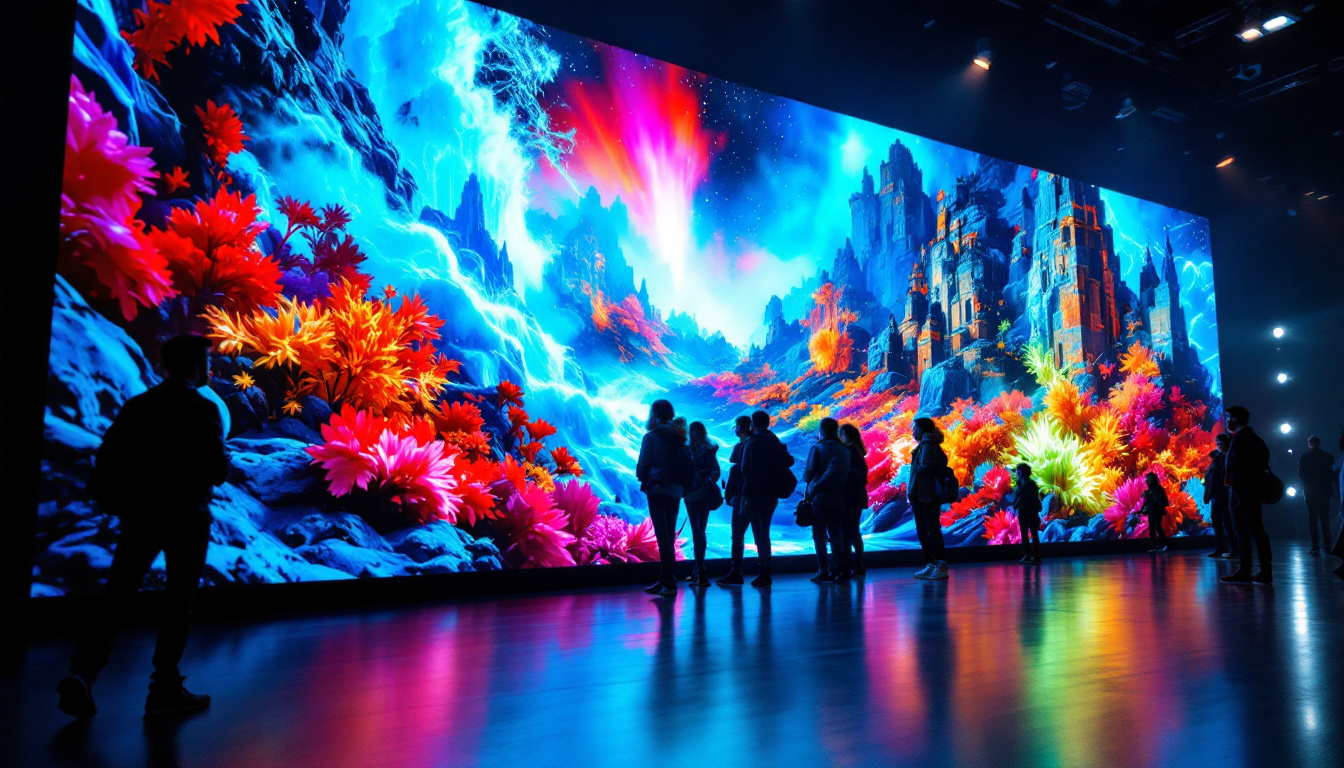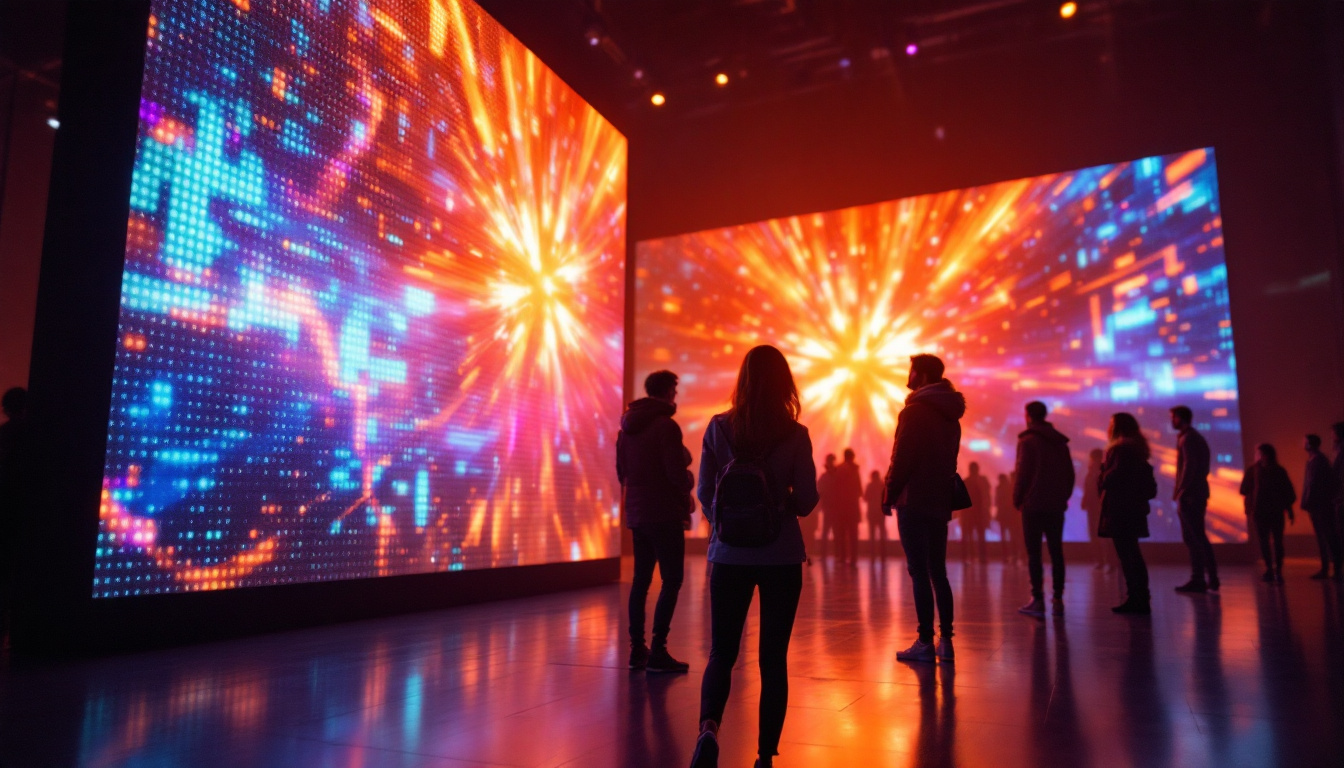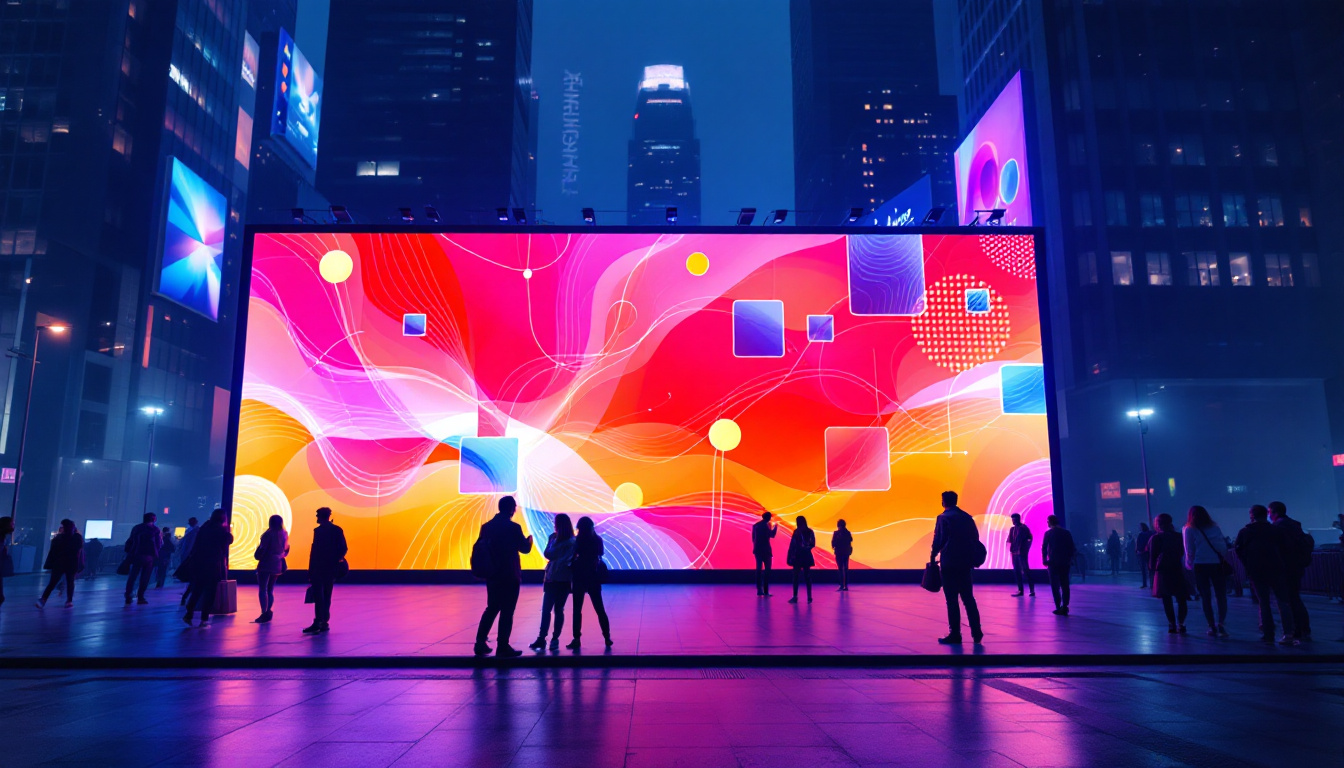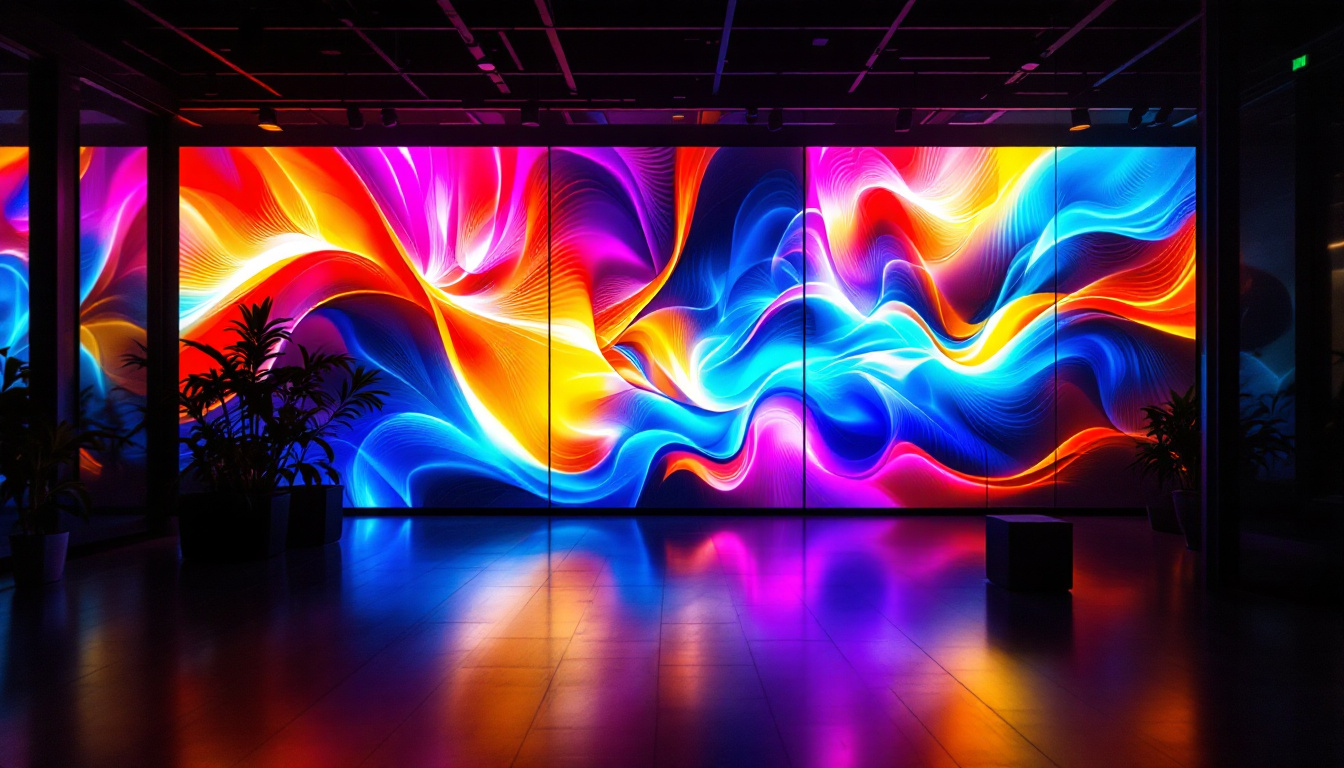In the ever-evolving world of technology, display screens have undergone significant transformations. Among the various types of displays available, LED (Light Emitting Diode) displays have emerged as a popular choice for both personal and professional use. This article delves into the intricacies of LED displays, exploring their technology, benefits, and applications.
Understanding LED Display Technology
LED displays are a type of flat panel display that uses light-emitting diodes as a source of illumination. Unlike traditional LCD screens that rely on backlighting, LED displays utilize a grid of tiny LEDs to produce images and colors. This fundamental difference in technology leads to a variety of advantages, making LED displays a preferred option for many consumers. One significant benefit is their energy efficiency; LED displays consume less power than their LCD counterparts, which not only reduces electricity bills but also contributes to a smaller carbon footprint. Additionally, LED displays are known for their longer lifespan, often lasting tens of thousands of hours, which means less frequent replacements and lower maintenance costs.
How LED Displays Work
The core principle behind LED displays is relatively straightforward. Each pixel on the screen consists of red, green, and blue (RGB) subpixels. By adjusting the intensity of these subpixels, a wide range of colors can be produced. This is achieved through a process known as additive color mixing, where different colors of light are combined to create the desired hue. The precision with which these subpixels can be controlled allows for vibrant colors and sharp images, making LED displays particularly popular for applications that require high visual fidelity, such as gaming and professional video production.
LED displays can be categorized into two main types: direct-lit and edge-lit. Direct-lit LED displays feature LEDs placed directly behind the screen, providing uniform brightness and improved contrast. In contrast, edge-lit displays have LEDs positioned along the edges, which can lead to thinner designs but may result in less uniform brightness. The choice between these two types often depends on the intended use; for instance, direct-lit displays are favored in environments where color accuracy and brightness consistency are crucial, such as in digital signage or broadcast studios.
Key Components of LED Displays
Several essential components contribute to the functionality of LED displays. These include:
- LEDs: The primary light source, responsible for producing the colors and brightness of the display.
- Driver Circuitry: This component regulates the power supplied to the LEDs, ensuring consistent performance and longevity.
- Control System: The control system manages the image processing and signal input, allowing the display to respond to various content types.
Beyond these core components, LED displays often incorporate advanced technologies such as local dimming, which enhances contrast by selectively dimming or brightening specific areas of the screen. This feature is particularly beneficial for viewing high dynamic range (HDR) content, as it allows for deeper blacks and brighter highlights, resulting in a more immersive viewing experience. Furthermore, many modern LED displays now include smart technology, enabling connectivity to the internet and integration with various applications, transforming them into multifunctional devices that can stream content, display notifications, and even interact with smart home systems.
Advantages of LED Displays
LED displays offer numerous benefits that make them a popular choice among consumers and businesses alike. Understanding these advantages can help in making informed decisions when selecting a display technology.
Superior Image Quality
One of the most significant advantages of LED displays is their ability to produce superior image quality. The use of individual LEDs allows for higher contrast ratios, resulting in deeper blacks and brighter whites. This capability enhances the overall viewing experience, making LED displays ideal for watching movies, playing video games, or working on graphic design projects.
Furthermore, LED displays can achieve a wider color gamut compared to traditional LCDs. This means that they can reproduce a broader range of colors, leading to more vibrant and lifelike images. Whether for professional use or entertainment, the enhanced visual quality is a compelling reason to choose LED technology.
Energy Efficiency
Another notable advantage of LED displays is their energy efficiency. Compared to traditional display technologies, such as CRT or LCD, LED displays consume significantly less power. This characteristic not only reduces electricity costs but also contributes to a smaller carbon footprint, making LED displays an environmentally friendly option.
Additionally, the long lifespan of LEDs—often exceeding 50,000 hours—means that users can enjoy their displays for years without the need for frequent replacements. This durability further enhances the cost-effectiveness of LED technology over time.
Thin and Lightweight Design
LED displays are known for their sleek and lightweight designs, making them an excellent choice for modern aesthetics. The thin profile of these displays allows for easy integration into various environments, whether in homes, offices, or public spaces. This design flexibility is particularly beneficial for wall-mounted displays or multi-screen setups.
Moreover, the lightweight nature of LED displays simplifies transportation and installation, making them a preferred choice for events and exhibitions where mobility is essential.
Applications of LED Displays
The versatility of LED displays allows them to be used across a wide range of applications. From personal use to large-scale commercial installations, LED technology has found its place in various sectors.
Consumer Electronics
In the realm of consumer electronics, LED displays are ubiquitous. They are commonly found in televisions, computer monitors, and smartphones. The demand for high-definition content has driven manufacturers to adopt LED technology to meet consumer expectations for quality and performance.
Smart TVs, equipped with LED displays, offer features such as 4K resolution and HDR (High Dynamic Range), providing viewers with an immersive experience. Similarly, computer monitors with LED technology cater to gamers and professionals who require precise color reproduction and fast response times.
Advertising and Signage
LED displays have revolutionized the advertising industry, providing dynamic and eye-catching solutions for businesses. Digital billboards and signage utilize LED technology to display vibrant advertisements that can be updated in real-time. This flexibility allows businesses to tailor their messages to specific audiences or events, enhancing engagement and visibility.
Additionally, LED displays are commonly used in sports arenas and concert venues, providing fans with clear visuals and information. The ability to display high-quality graphics and animations makes LED technology a powerful tool for event promotion and audience interaction.
Industrial and Commercial Use
In industrial settings, LED displays are employed for various purposes, including monitoring systems, control panels, and information displays. Their durability and resistance to environmental factors make them suitable for harsh conditions, ensuring reliable performance in critical applications.
Furthermore, LED displays are increasingly used in commercial environments, such as retail stores and restaurants. Digital menu boards and interactive displays enhance customer experiences, allowing businesses to showcase products and promotions effectively.
Challenges and Considerations
While LED displays offer numerous advantages, it is essential to consider potential challenges and limitations associated with this technology. Understanding these factors can aid in making informed decisions regarding display purchases.
Cost Factors
One of the primary considerations when investing in LED displays is the initial cost. Although prices have decreased over the years, high-quality LED displays can still be more expensive than traditional display technologies. Businesses and consumers must weigh the benefits against the upfront investment to determine if LED technology aligns with their budgets.
However, it is crucial to consider the long-term savings associated with energy efficiency and durability. Over time, the reduced operational costs can offset the initial expenditure, making LED displays a wise investment.
Viewing Angles
Another challenge associated with LED displays is the potential for limited viewing angles. Depending on the type of LED technology used, some displays may exhibit color distortion or reduced brightness when viewed from extreme angles. This limitation can impact the overall viewing experience, particularly in settings where multiple viewers are present.
To mitigate this issue, consumers should consider LED displays with wide viewing angles, which are designed to maintain color accuracy and brightness across various perspectives. This feature is especially important for commercial applications where large audiences are involved.
Future Trends in LED Display Technology
The landscape of LED display technology continues to evolve, with ongoing advancements shaping the future of this industry. Staying informed about emerging trends can provide insights into what to expect in the coming years.
MicroLED Technology
One of the most exciting developments in LED technology is the emergence of MicroLED displays. These displays utilize microscopic LEDs to create individual pixels, resulting in even higher resolution and improved color accuracy. MicroLED technology promises to deliver enhanced performance while maintaining the energy efficiency and longevity associated with traditional LED displays.
As manufacturers invest in MicroLED technology, consumers can anticipate a new generation of displays that offer unparalleled image quality and flexibility. This innovation has the potential to redefine how content is consumed, particularly in virtual reality and augmented reality applications.
Flexible and Transparent Displays
Another trend gaining traction is the development of flexible and transparent LED displays. These innovative designs allow for unique applications, such as curved screens and see-through displays that can be integrated into various environments. The ability to bend and shape displays opens up new possibilities for creative advertising, architecture, and product design.
As technology advances, the integration of flexible and transparent displays into everyday products is likely to become more commonplace, further enhancing the versatility of LED technology.
Conclusion
LED displays have revolutionized the way we view and interact with digital content. Their superior image quality, energy efficiency, and versatile applications make them a preferred choice for consumers and businesses alike. While challenges exist, ongoing advancements in technology promise to address these issues and enhance the overall user experience.
As the demand for high-quality displays continues to grow, understanding the intricacies of LED technology will empower consumers to make informed decisions. Whether for personal use, advertising, or industrial applications, LED displays are set to remain at the forefront of display technology for years to come.
Discover the Future of Visual Experience with LumenMatrix
Ready to elevate your visual experience with the latest in LED display technology? Look no further than LumenMatrix, a pioneer in crafting cutting-edge LED display modules designed to amplify your brand’s presence and captivate your audience. From the immersive Indoor LED Wall Display to the dynamic Outdoor LED Wall Display, and from the innovative Vehicle LED Display to the sleek LED Poster Display, LumenMatrix offers a comprehensive range of solutions tailored to your needs. Embrace the future of digital signage with our LED Sports Display, Floor LED Display, Custom LED Display, All-in-One LED Display, and LED Transparent Display. Don’t miss the opportunity to transform your visual communication. Check out LumenMatrix LED Display Solutions today and join the revolution in creating impactful and memorable visual experiences.

